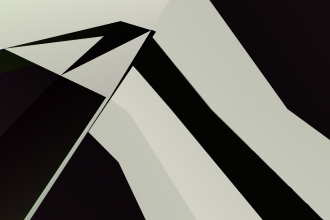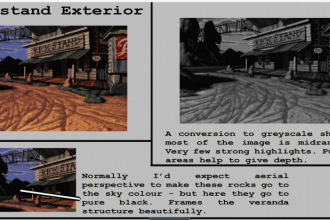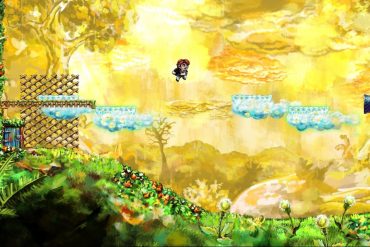December 16th
Do you hear that sound? It’s the sound of only three Sundays left to 2012. Let’s start your morning off right with This Week in Videogame Blogging, shall we?
AMERICA, F*CK YEAH
Capping off his recent feature on text-based war games, John Brindle shares a roundup of his extended interviews with high-profile interactive fiction authors including Emily Short, Porpentine and Paolo Pedercini.
On Eurogamer, Wesley Yin-Poole shares a nice long retrospective on what went wrong in trying to bring the Xbox to the Japanese market.
Over on Nightmare Mode, Canadian Reid McCarter and American Jordan
…








